|
|
Advertisement:
|
|
MSI GeForce GTX 550 Ti Cyclone II OC |
|
Join the community - in the OCAU Forums!
|
Introduction, Package, Features
Gamers have already been introduced to one new 500-series card this year, and today NVIDIA are unveiling a more affordable solution called the GTX 550 Ti - the Ti stands for Titanium. This joins the growing list of 500-series video cards, as well as entry-level 400-series cards that are still present on the market today. Like previous GeForce GTX 500 GPUs, transistor-level changes were incorporated into the GTX 550 Ti GPU to improve its power efficiency. NVIDIA's engineers then used these power savings to significantly increase clock speeds while reducing leakage when compared to the original GeForce GTS 450. In addition to those savings they increased the memory path to 192-bit (as compared to 128-bit), substantially increasing the memory bandwidth.
 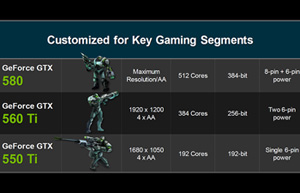
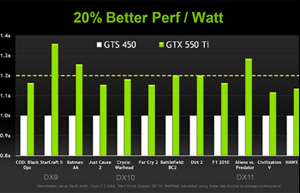 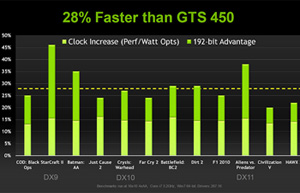
The first GeForce GTX 550 Ti to come across our test bench is from MSI. Rather than a simple reference design with a glossy sticker, they have moved straight to the familiar MSI 'Cyclone' cooling solution, custom PCB design and improved core and memory clock speeds. So, how does a GTX 550 Ti perform? And what does MSI bring to the table with this Cyclone II OC edition? Let's get going and find out!
 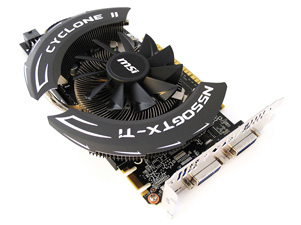
MSI's GeForce GTX 550 Ti Cyclone II OC measures in at 210 millimetres in length (8.26 inches), approximately the same size as a NVIDIA's reference design, and requires a minimum of 400W or greater system power supply. Cooling is provided by a custom 9cm PWM fan and cooler combination with dual heat pipes and an aluminium fin array that allows for efficient heat transfer and dissipation, especially in a well ventilated case. It's worth noting that this design does not directly eject hot air from the back of the case like some more-enclosed coolers generally seen on higher-end cards.
 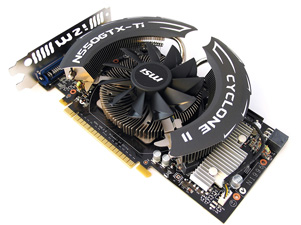
As with the majority of mainstream NVIDIA graphics cards it features support for NVIDIA's SLI multi-GPU technology, 3D Vision, 3D Vision Surround (two cards required), CUDA technology, PhysX acceleration and Microsoft DirectX 11 game support, as well as a variety of video enhancement technologies under the NVIDIA PureVideo HD umbrella. More information about these technologies can be found here.
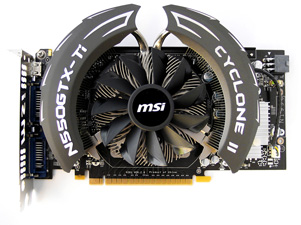 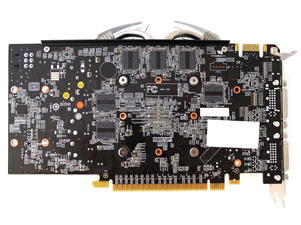
Inside the box we find a pair of manuals - one is a quick user guide and the other is a more detailed overview of the features and general requirements of the video card. A software and driver disc for installation is also included. One PCI-Express 6-pin to Molex power connector is present, as well as a DVI to VGA converter, mini-HDMI to HDMI converter. Overall this is a basic but sufficient package covering the necessities.
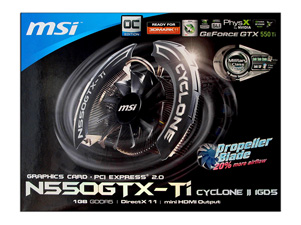 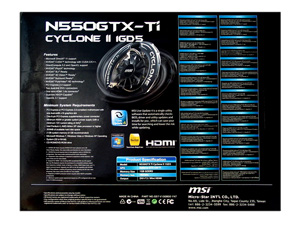
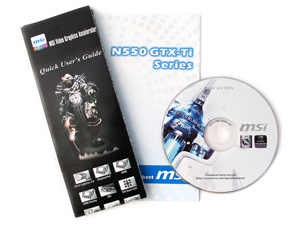 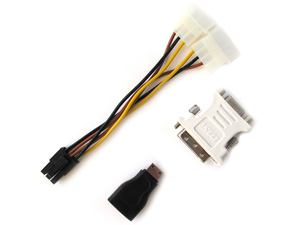
MSI's GeForce GTX 550 Ti Cyclone II OC has maintained NVIDIA's default display connector configuration, as per the reference GTX 550 Ti. As with the GTS 450 and GTX 460 it features bitstreaming support for both Dolby True HD and DTS-HD Master Audio, which is especially handy for home theatre PCs.
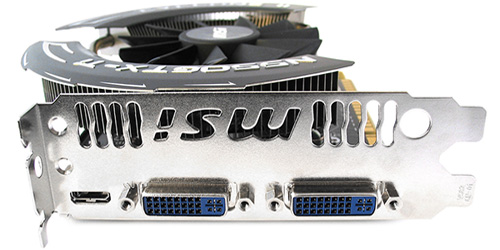
On the edge of the card we find a single SLI connector. Due to the mainstream nature of this card NVIDIA has limited its scaling abilities to two cards. Only the GTX 465, 470, 480, 570 and 580 allow for more than two cards in SLI.
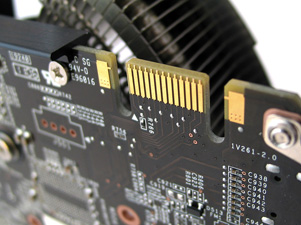
At the top of the card there's a single PCI-Express 6-pin power connector, which is a pretty standard configuration for a GTX 550 Ti video card, not straying from the NVIDIA reference design location.
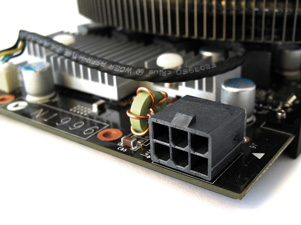
The cooling solution implemented with MSI's GeForce GTX 550 Ti is a familiar design seen in previous mainstream and entry level products, including their GTX 460 Cyclone that we reviewed earlier. There have been some slight modifications to the look and the fan design, but otherwise its shares a near-identical appearance and should provide great cooling performance for a video card of this class.

In addition, MSI's GeForce GTX 550 Ti Cyclone II OC features Hynix H5GQ1H24AFR-T2C GDDR5 memory specified to run at 1250 MHz (5000 MHz GDDR5 effective). No heatsinks are provided to keep the memory cool apart from the airflow from the main heatsink, however critical power circuitry is covered by an aluminium heatsink.
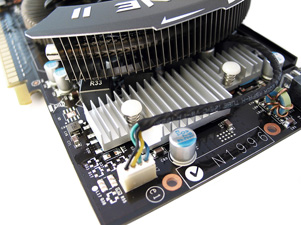
|
|
Advertisement:
All original content copyright James Rolfe.
All rights reserved. No reproduction allowed without written permission.
Interested in advertising on OCAU? Contact us for info.
|

|


